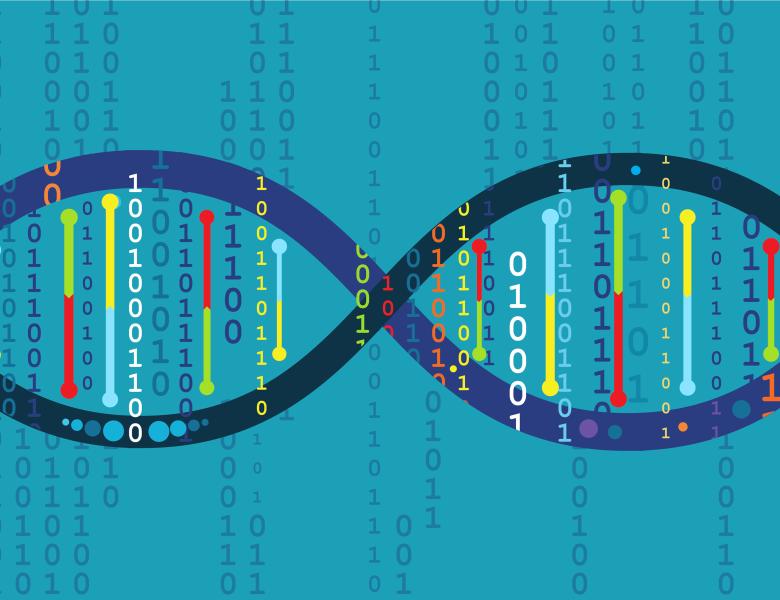
Abstract
Changes in gene regulation were a major driver of the divergence of archaic hominins (AHs)— Neanderthals and Denisovans—and modern humans (MHs). The three-dimensional (3D) folding of the genome is critical for regulating gene expression; however, its role in recent human evolution has not been explored because the degradation of ancient samples does not permit experimental determination of AH 3D genome folding. To fill this gap, we apply deep learning methods for inferring 3D genome organization from DNA sequence to Neanderthal, Denisovan, and diverse MH genomes. Using the resulting 3D contact maps across the genome, we identify 167 distinct regions with diverged 3D genome organization between AHs and MHs. We show that these 3D-diverged loci are enriched for genes related to the function and morphology of the eye, supra-orbital ridges, hair, lungs, immune response, and cognition. Despite these specific diverged loci, the 3D genome of AHs and MHs is more similar than expected based on sequence divergence, suggesting that the pressure to maintain 3D genome organization constrained hominin sequence evolution. We also find that 3D genome organization constrained the landscape of AH ancestry in MHs today: regions more tolerant of 3D variation are enriched for introgression in modern Eurasians. Finally, we identify loci where modern Eurasians have inherited novel 3D genome folding from AH ancestors, which provides a putative molecular mechanism for phenotypes associated with these introgressed haplotypes. In summary, our application of deep learning to predict archaic 3D genome organization illustrates the potential of inferring molecular phenotypes from ancient DNA to reveal previously unobservable biological differences.


